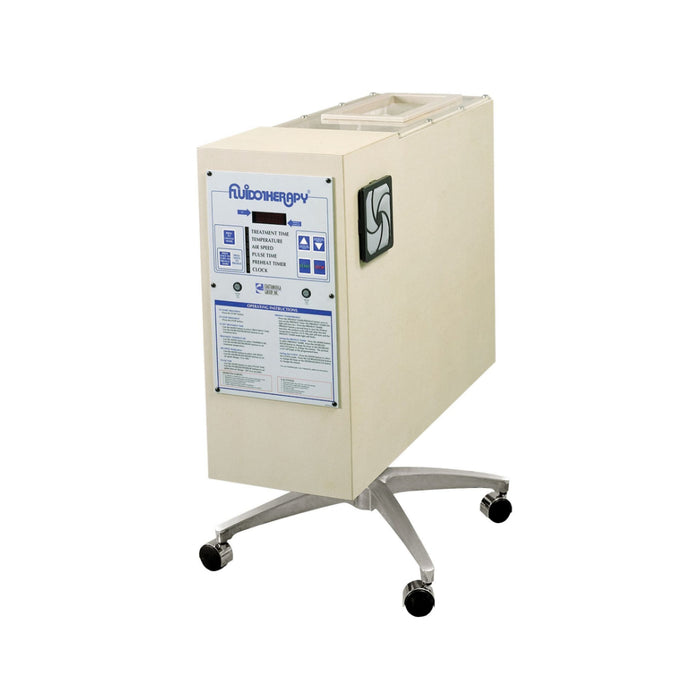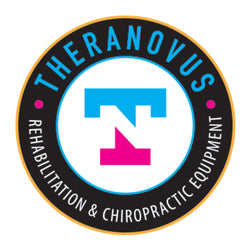
Fluidotherapy¨
- Dry heat therapy.
- Fluidization causes finely divided particles to acquire the characteristics of fluid. Evidence-Based Guide to Therapeutic Physical Agents.
- So how does this work Fluidotherapy is a dry thermal physical agent that transfers its energy (i.e. heat) to soft tissues by forced convection. Evidence-Based Guide to Therapeutic Physical Agents.
- What is forced convection It is defined as the process of heat transfer through the forced movements of heated air and Cellex (made of natural cellulose) particles in the chamber, which together are circulated around the extremity being treated. Evidence-Based Guide to Therapeutic Physical Agents.
- So what is Fluidotherapy? It is defined as: A modality of dry heat that uses a suspended air stream with the properties of a liquid. It simultaneously performs the functions of applied heat, massage, sensory stimulation, levitation and pressure oscillations. Mosbys Dictionary of Medicine, Nursing & Allied Health.
- Dry Heat Therapy relieves localized pain, increases localized blood circulation, increases range of motion and relieves minor pain and stiffness associated with nonrheumatoid arthritis.
- Single Extremity Unit is for treating the hand, wrist, elbow, foot and ankle. Includes thirty pounds (13.6 kg) of Cellex Dry Heat Media.
Clinical indications
- Relief of local pain
- Management of minor pain and stiffness on non-rheumatoid arthritis
- Increase localized blood circulation
- Management of joint range of motion when combined with exercise
Examples of common applications
- Relief of local pain
- Exercise
- Tissue heating
- Sensory stimulation
- Increased blood flow
- Decreased ROM
- Other conditions where heat is appropriate
Contraindications
- Where cancerous lesions are present in the treatment area
- Where open wounds are present in the treatment area
- When patients are suspected of carrying serious infectious diseases
- Systemic infectious diseases where it is advisable to suppress heat or fevers
- Severe circulatory obstruction disorders (arterial, venous, or lymphatic)
